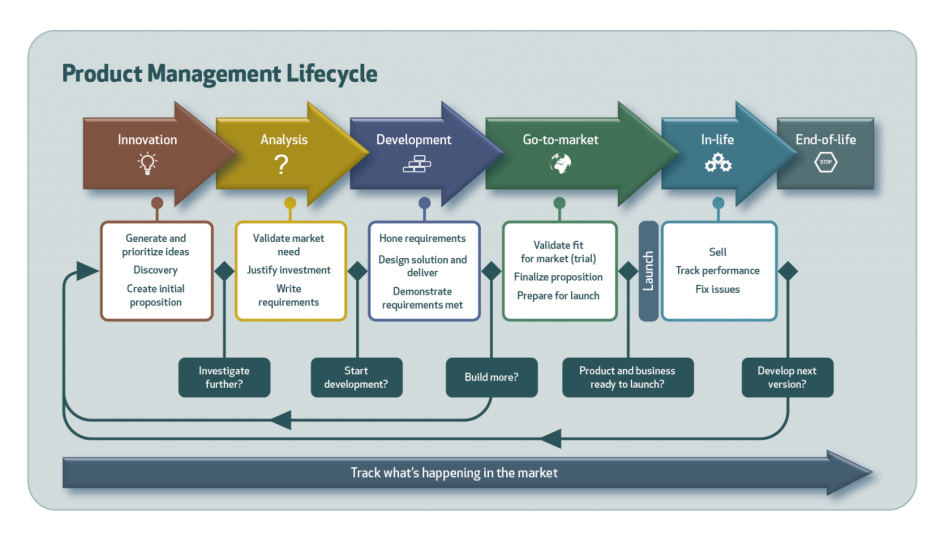Database design
Database design is a crucial process in the development of efficient and reliable information systems. It involves creating a blueprint for organizing and structuring data in a way that supports the needs of the organization. A well-designed database ensures data integrity, eliminates redundancy, and enables easy access and retrieval of information.
To begin the database design process, a thorough understanding of the organization's requirements and objectives is essential. This includes identifying the entities, attributes, and relationships that need to be represented in the database. By mapping out these elements, designers can create an entity-relationship (ER) diagram, which serves as a visual representation of the database structure.
Once the ER diagram is complete, designers can move on to defining the tables and their respective fields. Each table represents an entity, such as a customer or product, and contains columns for different attributes, such as name or price. The relationships between tables are established through the use of primary and foreign keys, ensuring data consistency and integrity.
Normalization is another important aspect of database design. It involves reducing data redundancy by breaking down tables into smaller, more manageable units. This not only saves storage space but also improves query performance and reduces the chance of data inconsistencies.
After the tables are defined and normalized, designers can focus on optimizing the database for efficiency. This includes creating indexes on frequently queried columns, partitioning large tables to improve performance, and implementing constraints to enforce data integrity.
In addition to the technical aspects, user requirements and usability should also be considered during the database design process. Designers must ensure that the database is user-friendly and intuitive, with well-defined data entry forms and reports. This involves considering factors such as data validation, error handling, and user permissions.
Overall, effective database design is essential for building robust and scalable information systems. It requires a combination of technical expertise, analytical thinking, and creativity to ensure that the final database meets the organization’s requirements and supports its operations seamlessly. So, whether you are designing a database for a small business or a large enterprise, investing time and effort into the design phase will pay off in the long run.























































